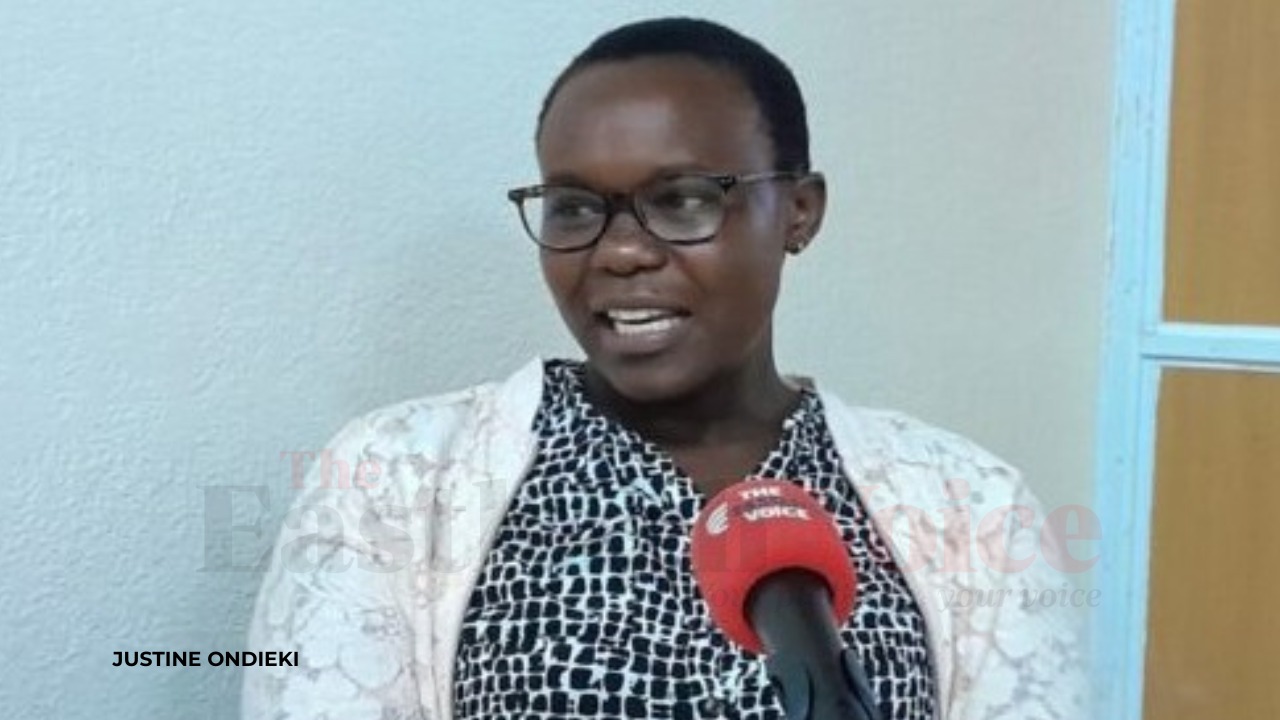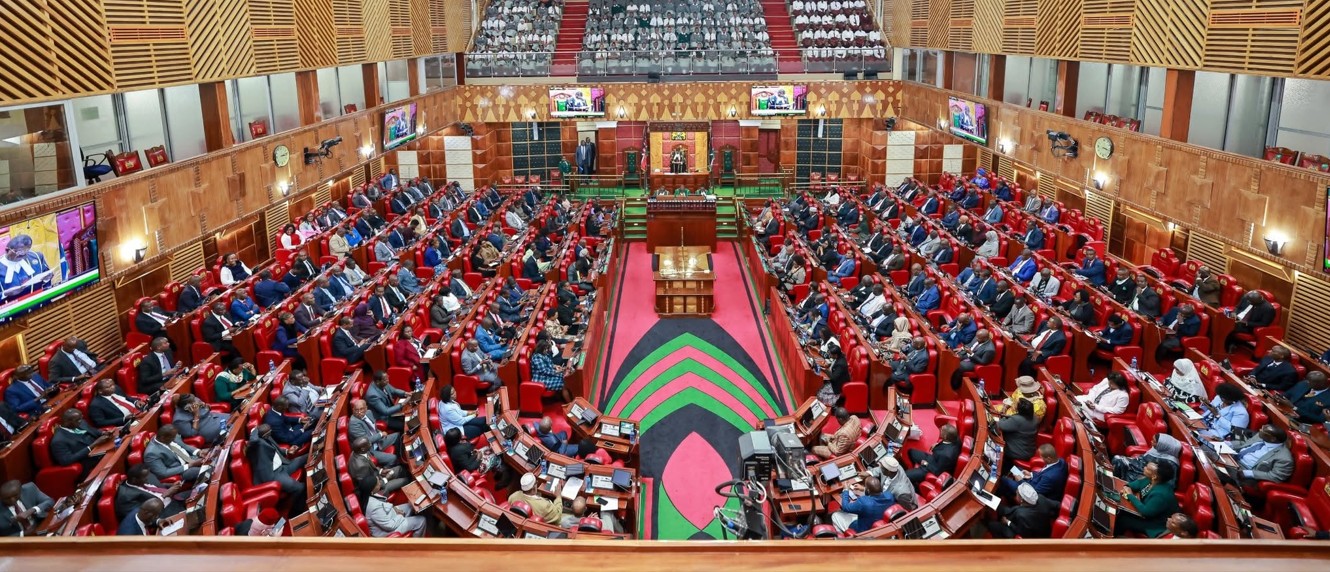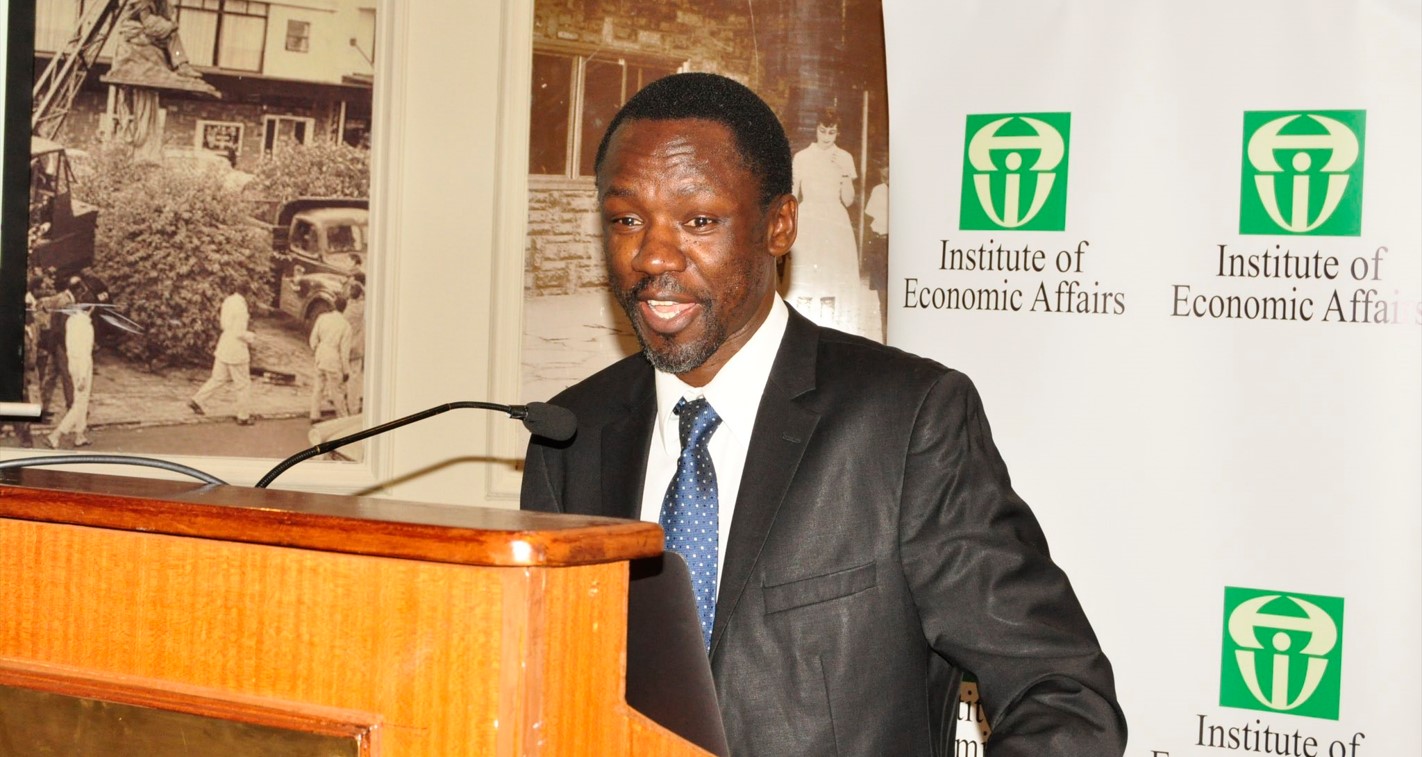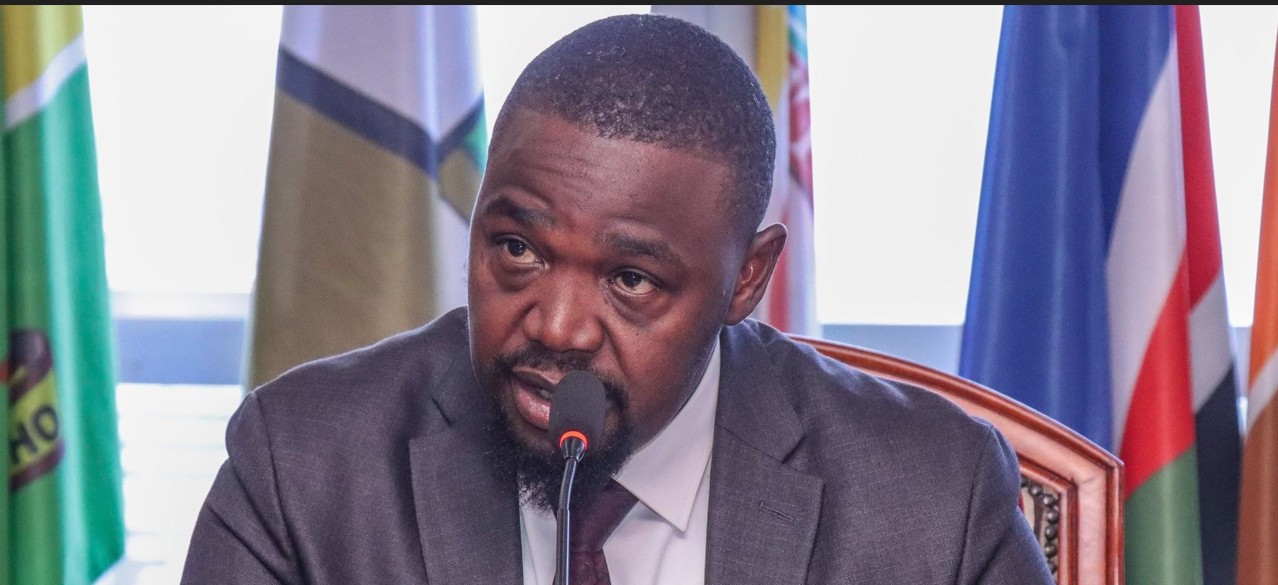Malaria deaths in Kenya drop by 93 per cent over eight years, WHO says
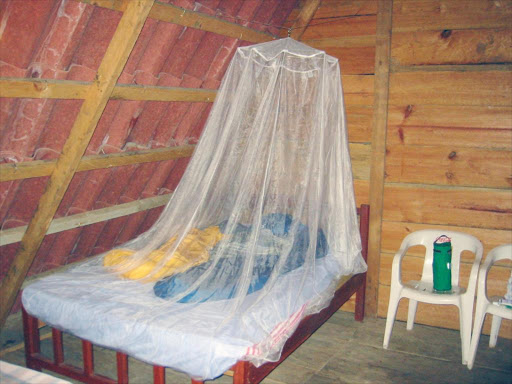
The reduction has been credited to intensified efforts such as the distribution of insecticide-treated bed nets and the introduction of the RTS, S malaria vaccine, the first of its kind in the world.
Malaria deaths in Kenya have dropped by 93 per cent over the past years, a new report by the World Health Organisation (WHO) reveals.
According to the report, fatalities declined from 15,061 in 2015 to just 1,060 in 2023, surpassing the WHO's target of a 63 per cent reduction and showcasing the effectiveness of public health interventions.
More To Read
- The hidden stress culprit: How your daily diet is secretly wrecking your mood
- WHO warns of fake breast cancer drug in Africa, Middle East
- WHO review finds no link between childhood vaccines and autism
- Traditional medicine is now a global reality: WHO
- WHO warns tobacco use threatens fertility in men, women
- Malaria fight at risk as drug resistance spreads despite new tools saving millions
The reduction has been credited to intensified efforts such as the distribution of insecticide-treated bed nets and the introduction of the RTS, S malaria vaccine, the first of its kind in the world.
The Ministry of Health set a goal to distribute 15.3 million long-lasting insecticide-treated nets to reach approximately 23 million people, aiming for universal coverage. In the Western region, approximately 400,000 children have received the RTS, S vaccine, further enhancing malaria control measures.
“Between 2019 and 2023, about 2 million children in Ghana, Kenya and Malawi received a malaria vaccine, which has been shown to reduce severe malaria cases and lower all-cause mortality among age-eligible children. During that period, an average of 63–75 per cent of children received three doses of the malaria vaccine in targeted areas of the countries,” reads the report.
“Strengthening surveillance systems, expanding access to prevention tools such as bed nets and vaccines, and addressing health inequities will be critical to reversing this resurgence. By building on past successes and addressing current challenges, Kenya can continue its progress towards malaria elimination.”
But Kenya’s journey in fighting malaria has not been without challenges. In 2015, the country reported over 15,000 deaths due to malaria.
By 2016, fatalities had decreased significantly to 6,003, driven by expanded use of treated bed nets, improved diagnostic tools, and increased access to antimalarial treatments.
While data for 2017 and 2018 is unavailable, the downward trend continued, with deaths declining to 858 in 2019. Between 2020 and 2021, malaria deaths stabilised at 742 and 753 respectively, despite disruptions to health services caused by the Covid-19 pandemic.
The most remarkable achievement came in 2022 when fatalities dropped to just 219, representing a 98.5 per cent decline from 2015 levels. Experts attributed the success to heightened prevention efforts, improved healthcare access, and widespread awareness campaigns.
Despite the gains, the report notes an increase in malaria cases by 25 to 63 per cent since the baseline year of 2015, falling short of the 2025 reduction targets.
In 2023, Kenya recorded 3.29 million malaria cases, a slight decrease from the 3.42 million cases reported in 2022. During the same period, national malaria prevalence fell from 8.2 per cent to 6 per cent.
Kenya’s progress has been heavily supported by international funding, with the country receiving $183.6 million from donors such as the Global Fund, PMI/USAID, the World Bank, and the United Kingdom.
The funds have been critical in purchasing treated bed nets, antimalarial drugs, and implementing large-scale health campaigns.
“Strengthening domestic funding would not only help reduce dependence on external sources but also promote more sustainable and resilient malaria control strategies. This is a critical step towards achieving long-term success in malaria control in the country,” reads the report.
Currently, international funding averages just under $2 per person at risk, while domestic funding is just over $0.50 per person. The disparity highlights challenges in allocating sufficient national resources for malaria control amidst competing health priorities.
The WHO’s Global Technical Strategy (GTS) for malaria seeks to reduce malaria cases and deaths by at least 90 per cent by 2030.
Interim goals include a 75 per cent reduction in the disease burden by 2025. While Kenya has made notable progress, more efforts are needed to align with these objectives.
Achieving 90 per cent intervention coverage by 2030 is seen as critical to sustaining gains and eliminating malaria in the long term.
Top Stories Today
